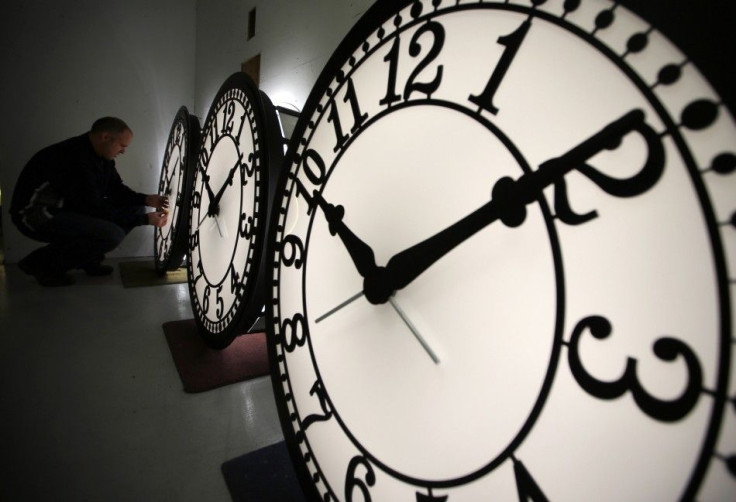Reasons Why Daylight Saving Time Can Make You SAD

Daylight Saving Time, or DST, has swung into action in many parts of the northern hemisphere after the first Sunday of November. It's not a uniform practice or set time all over the world, of course. In Australia, DST starts on the First Sunday in October and ends on the First Sunday in April.
Japan, India, and China are among major industrialized countries that do not set the clock according to DST, because equatorial and tropical countries have daylight hours that are similar in every season. There is nothing to be saved or squandered with DST. However, 70 countries utilize DST in at least some portion of the country, according to Time and Date. Anyway, the clock is the tool that does it for you. DST is used to improve the use of the natural daylight in the evenings. The difference in light is visible most in the Poles, furthest from the Equator.
The interesting concept of DST was jocularly proposed by Benjamin Franklin in 1784, but practically started in Germany, and followed qyuckly by Britain in 1916, mainly to save energy invested in lighting up the extra hour in the night. It began in 2 a.m. because they figured out that it would give an hour less for habitual drinkers to stay on in pubs after closing time is moved back, according to NPR.
The DST can actually bring on some disorder. Apart from the fact that you may lose some sleep with the clock turning back, you could get the Seasonal Affective Disorder, or SAD. Norman Rosenthal, a psychiatrist and professor at Georgetown University, was the first to identify, label and describe SAD, which sadly started getting known only in the 1980s.
For those who experience SAD when the winter starts, they could travel down to Australia, which will warm them up at this time, instead of suffering the winter DST in the northern hemisphere. In winter, some people avoid going for a run, or a walk, or anything that takes them into the cold air outside. They would prefer to drink a peg of whisky, instead, stay back and curl up in the dark corner.
Some people don't like summers, though. Warmth and brightness could take them to "depression, agitation, weight loss, insomnia ... in extreme cases, even thoughts of suicide," according to npr.org. For them, a gradual drop in temperature makes them feel calm, which is opposed to the tension caused by summer heat. For those who like to read, watch television or get into woolly blankets, it provides a great time for hobby time.
However, it takes time to get used to the shift. One survey found that the death rate for three days---following the switch to DST---from accidents as well as heart attacks, went up 6%, according to National Post. It is mainly because people get sleep-deprived, and have a "tiny microsleep" in their busy rush hours. However, the advantages of matching our waking hours to the sun's path overshadows three days of increased heart attacks and traffic accidents after the "spring forward."
There are others who don't approve it at all. "The dogs get confused," said Mr. Coren, a psychology expert in sleep deprivation in Vancouver, to npr.org. He said that according to their body clock, dogs' rhythm of walking, feeding and sleeping is completely changed. "They are like, 'Why the hell are you sleeping in?' " he added.






